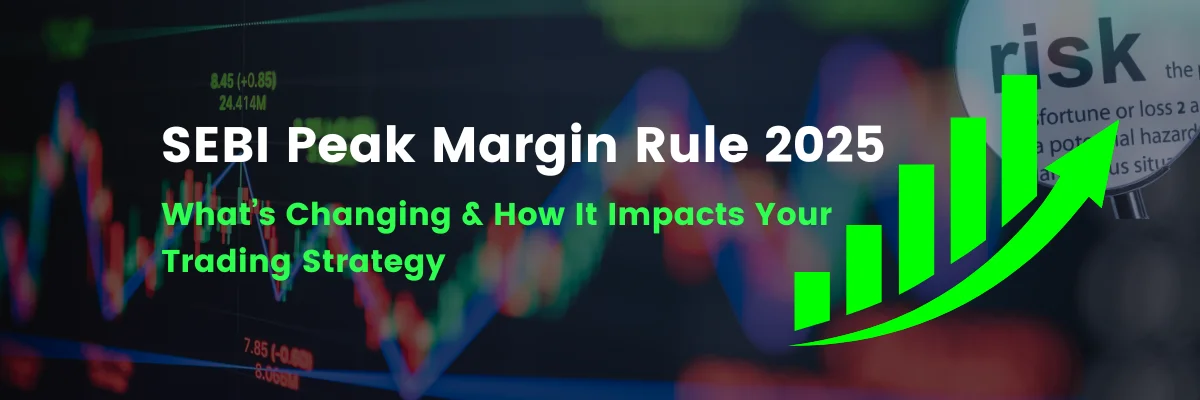In the intricate realm of stock market analysis, the moving average emerges as more than just an indicator; it's a fundamental tool that defines trends and shapes trading strategies. Understanding what is moving average forms the bedrock of astute market navigation. At its core, a moving average represents a smoothed-out, averaged price of a financial asset over a specified period, and grasping how to calculate moving average opens doors to decoding market behavior. Among its types, the simple moving average stands as a straightforward yet powerful approach, offering equal weight to each data point within the selected timeframe. This introduction sets the stage for unraveling the significance of the moving average indicator and its role in shaping informed trading decisions.
What is a Moving Average?
At its essence, a moving average represents a smoothed-out, averaged price of a financial asset over a specific period. By distilling raw price data into a singular, more digestible line on a chart, moving averages serve as a lens through which traders can decipher trends, spot reversals, and identify potential entry or exit points in the market.
Types of Moving Averages and Calculation Methods
- Simple Moving Average (SMA): The SMA calculates the mean of prices over a chosen timeframe, giving equal weight to each data point. Its simplicity makes it a preferred choice for many traders.
- Exponential Moving Average (EMA): Unlike its simple counterpart, the EMA allocates more weight to recent prices, offering a more responsive view of current market movements. This feature enables EMAs to adapt swiftly to price changes.
- Weighted Moving Average (WMA): WMAs, distinct in their approach, assign varying weights to different data points within the chosen period. This nuanced weighting system grants more significance to recent prices, potentially making WMAs more reflective of current market conditions.
Each type of moving average presents its unique characteristics, catering to the diverse strategies and preferences of traders navigating the markets.
Application of Moving Averages
The versatility of moving averages in trading manifests in various ways:
- Trend Identification: By smoothing out price fluctuations, moving averages aid in identifying trends—whether bullish, bearish, or sideways—helping traders align with prevailing market directions.
- Support and Resistance Levels: These averages often act as dynamic support or resistance levels, guiding traders in gauging potential price reversals or breakout points.
- Crossover Signals: The intersection of different moving averages offers valuable signals. When shorter-term averages cross above longer-term ones, it signals a potential upward trend, and vice versa for a bearish trend.
- Volatility Analysis: Moving averages assist in analyzing the volatility of a security by tracking its price movements, aiding traders in understanding and adapting to market fluctuations.
Common Strategies Using Moving Averages
Traders leverage moving averages in various strategies, such as;
- Moving Average Crossover: This strategy involves the use of two moving averages with different periods. A bullish signal occurs when the shorter-term moving average crosses above the longer-term average, signaling an upward trend, and vice versa for a bearish signal. Learn the essence of Moving Average Crossover with this illustrative chart.
- Moving Average Convergence Divergence (MACD): Employing exponential moving averages, MACD compares two EMAs and uses their relationship to generate buy or sell signals, providing insights into potential trend reversals. Gain insights into MACD through this illustrative chart.
- Support and Resistance Trading: Traders frequently use moving averages as dynamic support or resistance levels, initiating trades when prices interact with these levels, thereby identifying potential entry or exit points. Explore Support and Resistance Trading dynamics through this illustrative chart.
Limitations and Considerations of Moving Averages
However, while moving averages offer substantial insights, they come with limitations.
- Lagging Indicator: Due to their nature, moving averages lag behind real-time price movements, leading to delayed signals, which could potentially impact trading decisions.
- Whipsaw Effect: In volatile market conditions, moving averages may generate false signals, resulting in potentially misleading trading actions and potential losses.
- Selection of Periods: The selection of periods for moving averages is subjective and pivotal. Different periods can yield varying signals, affecting the effectiveness of trading strategies.
Choosing the right period for the moving average becomes pivotal, as it significantly impacts the effectiveness of trading strategies.
Concluding Thoughts
In the intricate tapestry of financial markets, moving averages stand tall as indispensable tools for traders. They offer structured insights into market trends, potential reversals, and entry/exit points. While they provide a robust framework for decision-making, prudent traders understand the importance of complementing moving averages with other indicators, risk management strategies, and a comprehensive understanding of market dynamics to navigate the complexities of trading successfully.
Ready to implement these insights into your trading journey? Open a Demat cum Trading Account today to put your knowledge into action. Additionally, enhance your trading capabilities by downloading “GEPL Pro Markets” our Mobile Trading App—seamlessly stay connected to the markets and make informed decisions anytime, anywhere. Take the next step towards your trading goals!
Before investing, don't forget to read the disclaimer—it's a small step that can save you from big surprises!





.webp)


